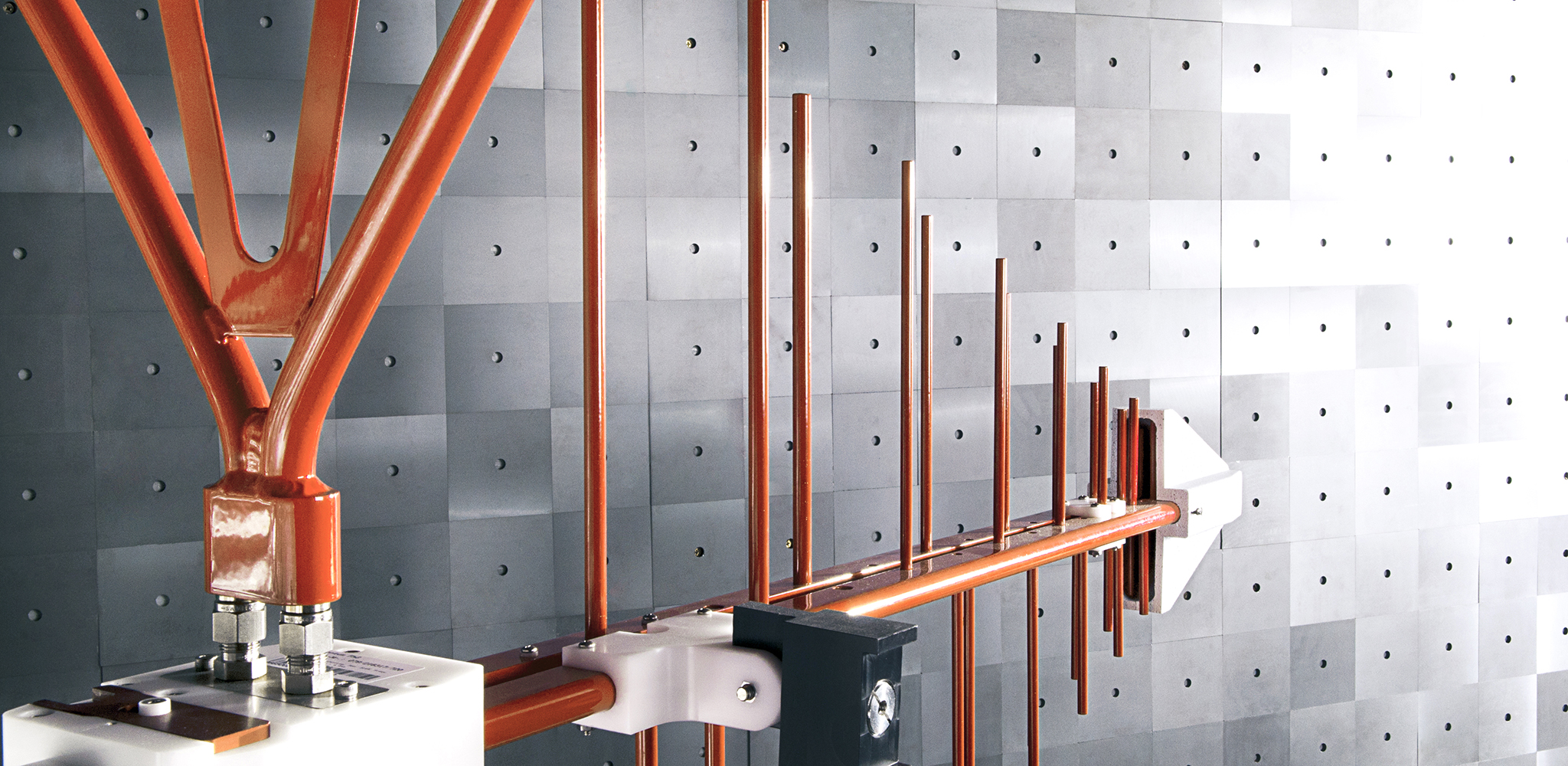EMC immunity and emissions testing
The EMC lab at Fraunhofer IISB offers precise precompliance measurements during the development process of prototype systems and components of our industrial partners. We offer a wide range of services from consulting in case of EMC problems and different measurements according to harmonized standards to very detailed circuit and layout optimizations.
Our engineers have longtime experience in the fields of electromagnetic compliance (EMC) and interference (EMI) which they contribute to several national standardization committees, for example. We can thus guarantee competent expert advice and up-to-date information on EMC topics to our partners.
The immunity and emission to electromagnetic interferences can be tested in our Fully Anechoic Room (FAR) in accordance to residential, industrial and automotive standards. These tests include all relevant pre compliance measurements in context of a homologation testing in accordance to the automotive standards of UN-ECE R10 Rev. 6 Regulation or the Directive 2014/30/EU of the European Parliament on the harmonization of the laws of the Member States relating to electromagnetic compatibility (EMC).
 Fraunhofer Institute for Integrated Systems and Device Technology IISB
Fraunhofer Institute for Integrated Systems and Device Technology IISB